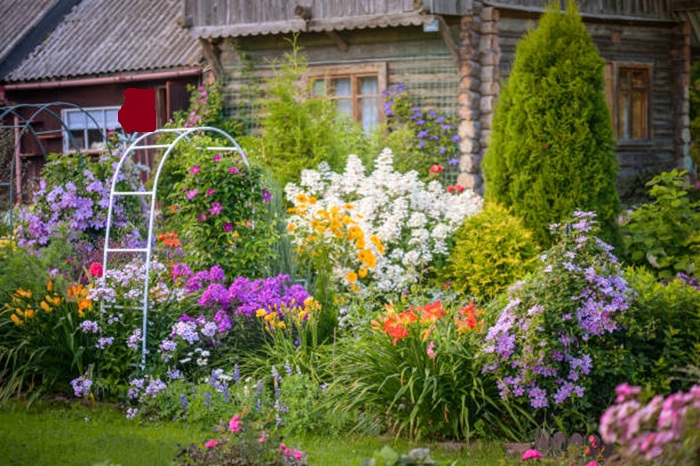🌱 How to Start a Home Garden: A Beginner’s Guide
Have you ever dreamed of picking fresh herbs from your kitchen windowsill or harvesting crisp vegetables from your backyard? Whether you’re working with a sprawling lawn or a small apartment balcony, starting a home garden is easier than you think—and incredibly rewarding.
This guide will walk you through the basics, step by step, to help you grow your own little patch of green.
Step 1: Define Your Gardening Space
Ask yourself: Where will my garden live?
-
Backyard or Front Yard: Great for in-ground beds or raised garden beds.
-
Balcony or Rooftop: Ideal for container gardening or vertical planters.
-
Indoors: Perfect for herbs, microgreens, or a hydroponic setup near a sunny window.
👉 Tip: Most edible plants need 6–8 hours of sunlight daily. Observe your space before choosing what to grow.
Step 2: Choose What to Grow
Start with easy-to-grow plants, especially if you’re a beginner:
-
Herbs: Basil, mint, parsley, rosemary
-
Vegetables: Tomatoes, lettuce, radishes, carrots, green beans
-
Fruits: Strawberries, dwarf lemon trees, blueberries (in pots)
-
Flowers: Marigolds, sunflowers, zinnias (these also attract pollinators!)
👉 Tip: Grow what you eat! If you use cilantro all the time, make that a priority.
Step 3: Select Your Containers or Beds
Depending on your space:
-
Raised Beds: Good for yards; they provide great drainage and soil control.
-
Pots and Planters: Great for patios, decks, and balconies. Use at least 12-inch deep containers for veggies.
-
Hanging Baskets or Vertical Gardens: Ideal for tight spaces.
👉 Use containers with proper drainage holes to prevent root rot.
Step 4: Get the Right Soil
Soil is everything. Don’t skimp!
-
Buy quality potting mix for containers (not garden soil).
-
If planting in the ground, mix in compost or organic matter to enrich the soil.
-
Consider raised bed soil mixes for the best results.
👉 Healthy soil = healthy plants. Feed your soil, and it will feed you.
Step 5: Water Wisely
Plants need consistent moisture, but not too much.
-
Water deeply rather than frequently—this encourages deep root growth.
-
Morning is the best time to water.
-
Use a watering can, hose with a gentle nozzle, or a drip irrigation system for efficiency.
👉 Check soil moisture with your finger—if it’s dry 1-2 inches down, it’s time to water.
Step 6: Feed Your Plants
Plants need nutrients to thrive.
-
Use organic fertilizer every 2–4 weeks depending on the plant type.
-
Compost is a great, natural addition to boost soil health.
-
Avoid over-fertilizing—it can harm your plants more than help.
Step 7: Monitor and Maintain
Regular care is key to success.
-
Weed regularly to reduce competition for nutrients.
-
Prune and deadhead flowers to promote growth.
-
Check for pests and treat them early (use neem oil or insecticidal soap for organic solutions).
👉 Keep a gardening journal to track what you plant, when you water, and what works best.
Bonus: Make It Enjoyable
Your garden should bring joy, not stress. Add personal touches:
-
Wind chimes, stepping stones, or a cozy chair nearby
-
A DIY compost bin to recycle kitchen scraps
-
Solar lights to enjoy your garden after sunset
Final Thoughts
Starting a home garden is more than growing food or flowers—it’s about cultivating patience, connection, and a bit of magic. With the right tools and attitude, anyone can do it. Don’t worry about making mistakes—they’re part of the process.
🌻 Happy planting, and may your garden grow wild and well!





